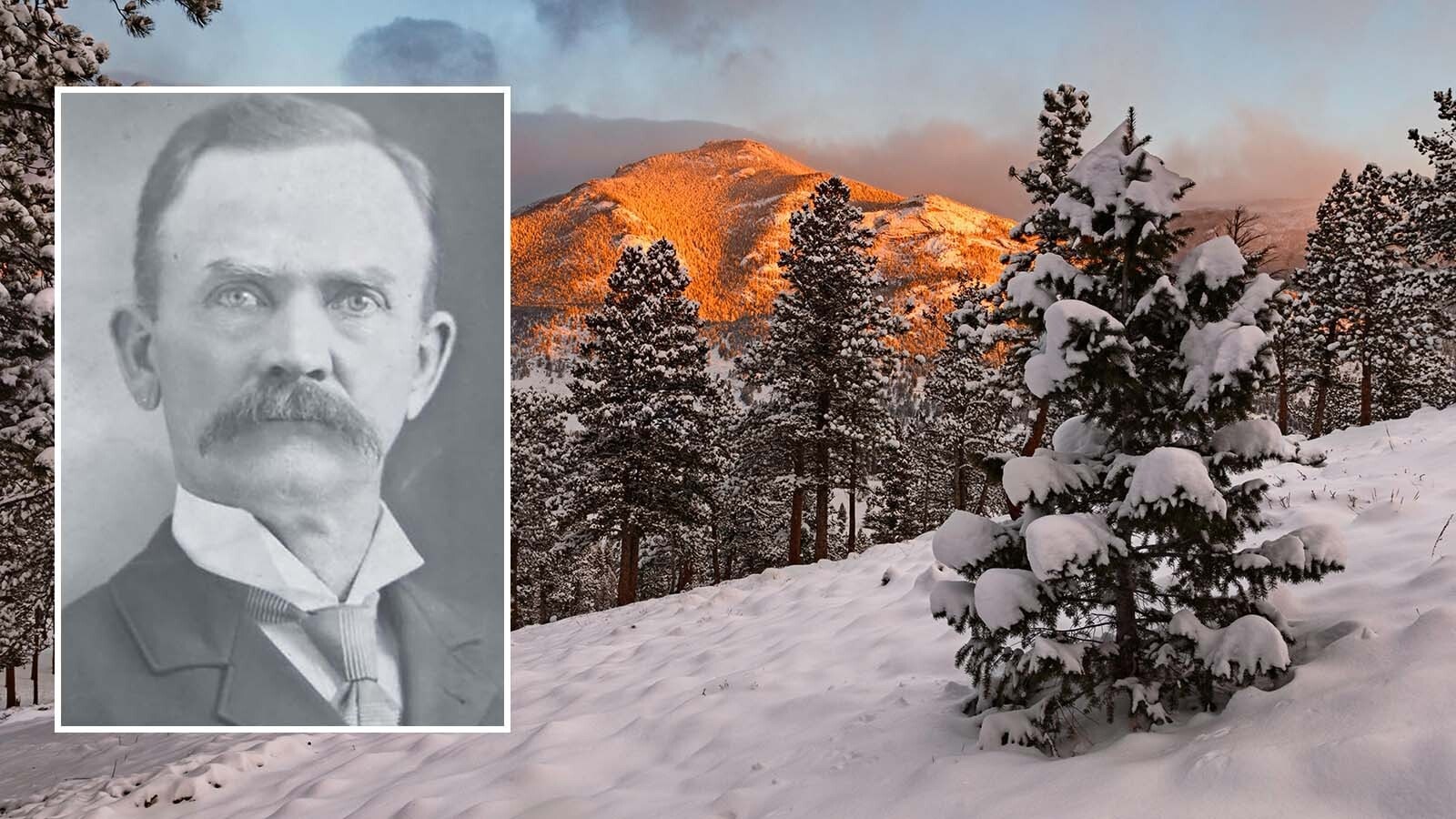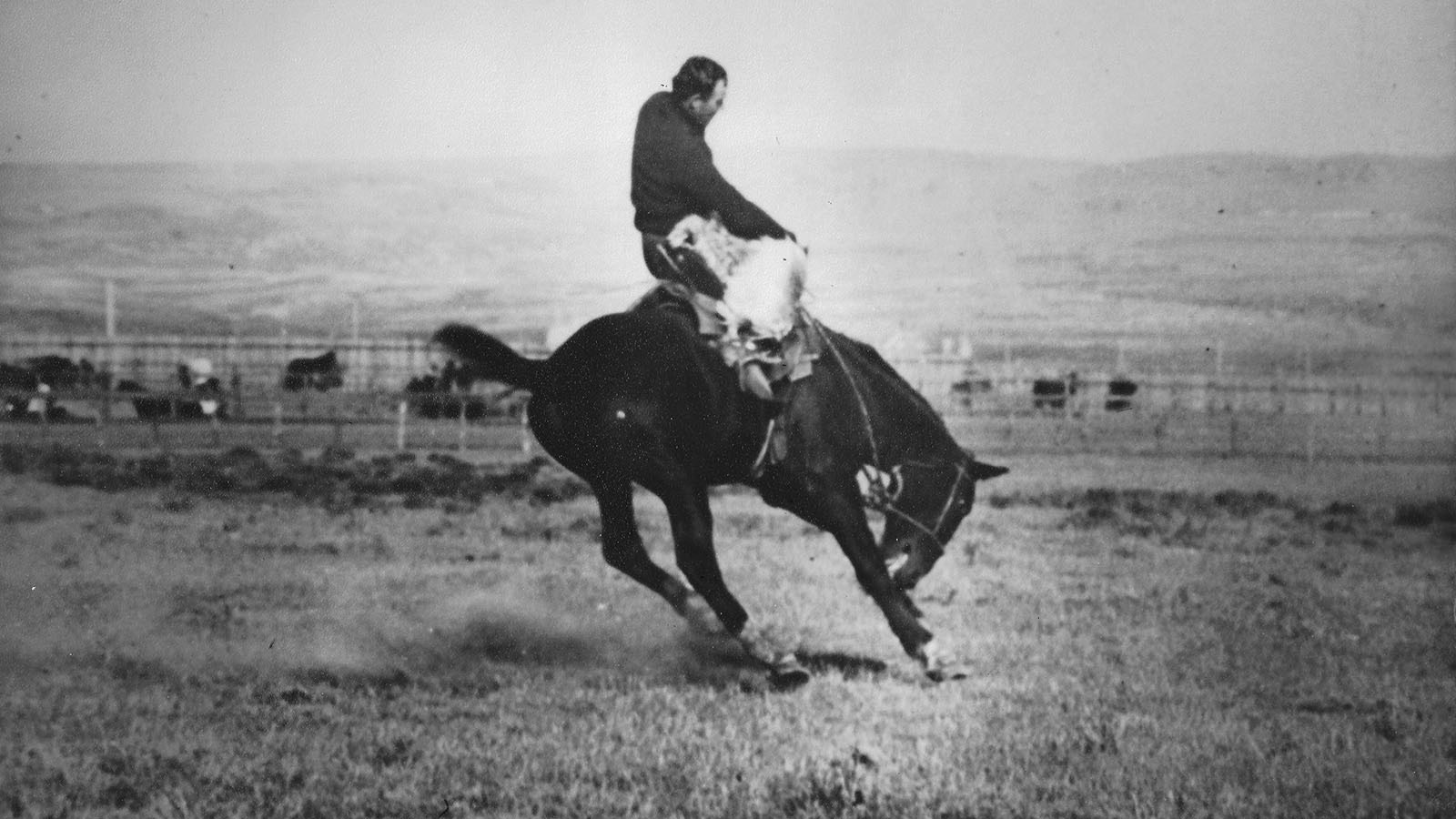Prospectors and miners who rushed to the goldfields west of Denver City in the late 1850s were naturally elated at the news of rich finds in the area.
Though many of them after only a brief, disappointing stay in the mountains headed for homes back East, a great number of the luckier ones actually struck it rich.
But even if a prospector was lucky enough to come upon a rich vein of gold or find a stream laden with the yellow dust, he still had a problem converting the metal to cash.
While most merchants and saloon keepers accepted gold dust as legal tender, the prospector usually came out on the short end of the stick when dealing with them. Since there was no standardization of the value of gold in the rough mining towns, the needy miner usually ended up swapping gold dust for food, drink, and merchandise worth only a fraction of the value of his metal.
Of course, there was an alternative, albeit a bad one. The miner could take his gold to a shipping agent in Denver. It would then be sent back East to an assay office and properly weighed and valued. The gold would be purchased at the prevailing rate, and the payment would be sent back to the miner in the form of legal U.S. gold coins or check.
When one considers the three months or more it took for this transaction —plus the cost of shipping the gold to the assayer, the assayer’s and broker’s fees, and the insurance cost—it was sometimes simpler and just as cost-efficient to trade the raw gold for goods, even if one did get cheated now and then.
In the summer of 1859, three Eastern businessmen opened a gold brokerage office in Denver. Emanuel Gruber and brothers Austin and Milton Clark had already established a similar office at Leavenworth, Kansas, to accommodate gold-seekers working in the Colorado fields.
As more and more found gold in the mountains around Denver, it seemed a logical move to establish an office close to the source of the business.
Let’s Make A Mint
Gruber and the Clarks were quick to see the problems the miners and prospectors faced with their abundance of gold but lack of ready cash. Accordingly, the threesome, operating as Clark, Gruber & Company, decided to open a private mint in Denver.
The mint would buy the local miners’ gold at the government-established price, refine the metal, and mint coins in various denominations that would be accepted anywhere as legal tender.
It opened in a red brick building at the corner of Market and 16th Streets. The businessmen shopped in Philadelphia for assaying and minting equipment, along with dies, punches, and all the other necessary machinery. The company already had an abundant supply of raw gold since it had been brokering with the miners for several months.
After much preparation and publicity, Clark, Gruber & Company turned out its first gold coins on July 20, 1860. They were ten-dollar pieces. The company soon followed with twenty-dollar coins and, later still, with two-and-a-half and five-dollar pieces.
Advertisements in local newspapers boasted of the company’s unique services, reporting, “We have in connection with our Banking House, a MINT, and are prepared to exchange our Coin for Gold Dust. The native gold is coined as it is found, alloyed with silver. The weight will be greater, but the value the same as the United States coin of like denominations.”
The editor of the Rocky Mountain News attended the grand opening of the mint. He was fascinated, as was most of the rest of the crowd, and he filed a glowing report of the proceedings: “[W]e found preparations almost complete for the issue of the Pike’s Peak coin. A hundred ‘blanks’ had been prepared, weight and fineness tested and last manipulations gone through with, prior to their passage through the press.”
Time For Mint Drops
The newspaper added, “The little engine that drives the machinery was fired up, belts adjusted, and...the machinery was put in motion and ‘mint drops’ of the value of $10 each began dropping into a tin pail with the most musical ‘chink.’ About a thousand dollars were turned out at the rate of fifteen or twenty coins a minute, which were deemed very satisfactory for the first experiment.”
“The coins are seventeen grains heavier than the U.S. coin of the same denomination,” the reporter continued. “On the face is a representation of the peak, its base surrounded by a forest of timber, and ‘Pike’s Peak Gold’ encircling the summit.”
The idea of these gold coins obviously inspired the writer, who gave even more description, “Immediately under its base is the word ‘Denver,’ and beneath it ‘Ten D.; On the reverse is the American Eagle encircled by the name of the firm, ‘Clark, Gruber & Co.’ and beneath the date, ‘1860.’”
During the first three months of operation, Gruber and the Clarks minted more than $120,000 worth of gold coins.
From Coins To Paper Currency
Demand was so great that in December of the first year of operation, the company inaugurated a new service: the issue of paper currency that was exchangeable for the company’s gold coins. Like the coins themselves, the paper money enjoyed considerable popularity.
In April 1862, the U.S. government decided to establish a mint in Denver and authorized purchase of the private Clark, Gruber & Company mint.
The property changed hands in November and after manufacturing nearly $600,000 in gold coins in two and a half years, Clark, Gruber & Company resigned from the minting business. However, it stayed on in Denver as a bank, eventually merging into the First National Bank.
Gruber and the Clark brothers were visionaries, but even in their wildest dreams they could never have guessed how valuable a single coin from their Denver mint would one day become.
Although popular and commonly circulated in its time, Clark, Gruber & Company gold coins are so rare today that a twenty-dollar specimen in excellent condition at an auction can fetch a price in the range of thousands of dollars.
James A. Crutchfield can be reached at TNcrutch@aol.com





